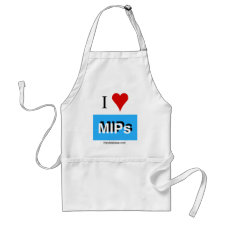
Authors: Madikizela LM, Zunngu SS, Mlunguza NY, Tavengwa NT, Mdluli PS
Article Title: Application of molecularly imprinted polymer designed for the selective extraction of ketoprofen from wastewater.
Publication date: 2018
Journal: Water SA
Volume: 44
Issue: (3)
Page numbers: 406-418.
DOI: 10.4314/wsa.v44i3.08
Alternative URL: https://www.ajol.info/index.php/wsa/article/view/175473
Abstract: A molecularly imprinted polymer (MIP) that is selective to ketoprofen was synthesized and applied in the adsorption of the target compound from water. the MIP was synthesized using a bulk polymerization method at high temperatures (60-80°C), where ketoprofen, 2-vinylpyridine, ethylene glycol dimethacrylate, toluene and 1,1'-azobis(cyclohexanecarbonitrile) were used as template, functional monomer, cross-linker, porogen and initiator, respectively. Non-imprinted polymer (NIP) was synthesized similarly to the MIP but in the absence of ketoprofen. From molecular dynamics simulation, the nature of interactions that occurred between the template and the functional monomer were found to be based on hydrogen bonding. This was conrmed experimentally, where a high extraction effciency of > 90% was obtained at acidic conditions (pH 5) due to the protonation of ketoprofen. A contact time of 45 min was sufficient for the maximum adsorption of ketoprofen from 10 mL spiked water using 8 mg of the adsorbent. MIP showed greater selectivity than NIP by achieving a relative selectivity coecient of 7.7 towards ketoprofen in the presence of structurally related pharmaceuticals. Furthermore, the order of sorption onto the MIPs from water was ketoprofen > fenoprofen > gemfibrozil. From a modelling perspective, the Langmuir adsorption isotherm and pseudo-second-order kinetic model gave the best fit, with maximum adsorption capacity of 8.24 mg g-1 and sorption rate constant of 0.25 mg g-1 min-1 for MIP. this was translated to chemisorption of ketoprofen onto the homogeneous MIP binding sites. this work demonstrated the great potential of MIP in selective recognition of ketoprofen from wastewater relative to closely related compounds.
Template and target information: ketoprofen
Author keywords: ketoprofen, molecularly imprinted polymer, water, adsorption, Molecular dynamics simulation, hydrogen bonding



Join the Society for Molecular Imprinting

New items RSS feed
Sign-up for e-mail updates:
Choose between receiving an occasional newsletter or more frequent e-mail alerts.
Click here to go to the sign-up page.
Is your name elemental or peptidic? Enter your name and find out by clicking either of the buttons below!
Other products you may like:
 MIPdatabase
MIPdatabase









